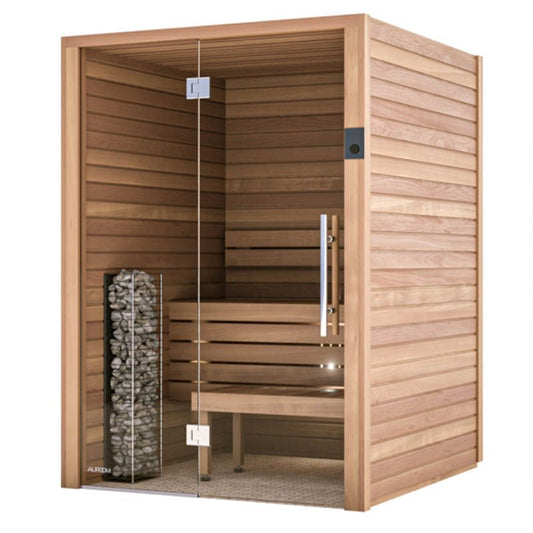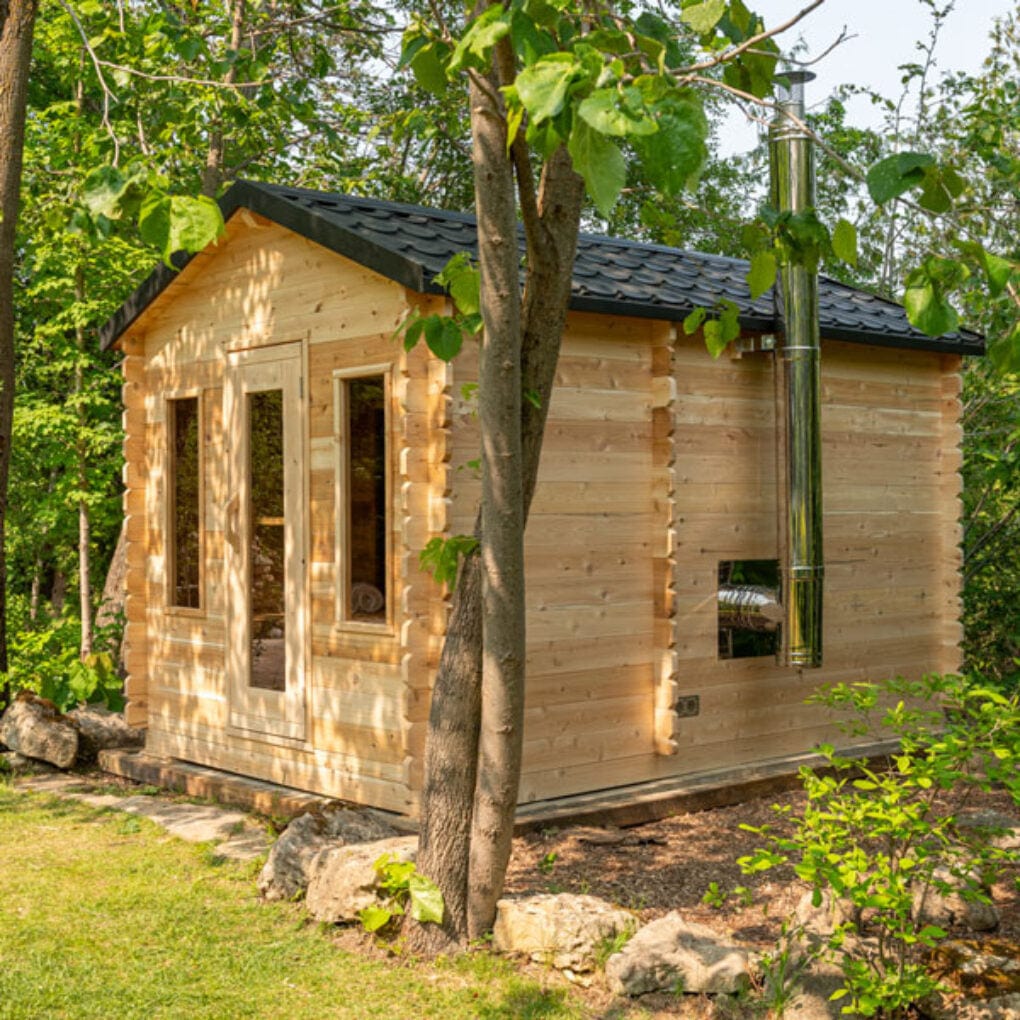The Basic Principles Of Traditional Sauna
The Basic Principles Of Traditional Sauna
Blog Article
Not known Details About Traditional Sauna
Table of ContentsThe Greatest Guide To Traditional SaunaThe Ultimate Guide To Traditional SaunaTraditional Sauna Can Be Fun For EveryoneNot known Details About Traditional Sauna The Traditional Sauna Statements
Most of the weight lost in a sauna is water loss and is re-gained upon rehydrating. Nevertheless, certainly sauna can be an essential part of a healthy and balanced weight loss program. To check out the differences between typical and IR saunas, I will certainly separate these into proven, academic, and produced differences.Hence, the best factor in the saunawhich goes to the ceiling straight above the sauna heateris commonly between 185 and 190 F. Claims that a standard sauna goes beyond 200 F is simply not real and not appropriate for electric saunas offered in the US. The temperature for a far-infrared sauna is typically established in between 120 and 140 F; nevertheless, unlike the typical sauna, the goal in and IR area is not to accomplish a heat.
Since of this, the temperature level distinction is practically unnecessary, given that profuse sweating leads to both sauna kinds, but the method of heating the body is different. In an IR sauna the bather will certainly feel warm and will sweat profusely, but at a lot lower temperature levels. Traditional Sauna. Hence, if the goal is to invest longer time periods in the sauna, the IR sauna is a good selection

The Facts About Traditional Sauna Revealed

When the heat is achieved, the components cycle on and off to maintain the heat. Traditional Sauna. Most typical sauna individuals delight in pouring water over the rocks to develop heavy steam to raise sauna humidity degrees. The advantages of putting water over the rocks include: making the space extra comfy, moistening the nasal flows, and allowing the use of aromatherapy by mixing important oils with the water
In a far-infrared sauna, the warmth waves penetrate the body to successfully heat the body and elevate the body core temperature level. To accomplish this enhanced temperature level, Far-infrared emitters produce infrared power which is close to the very same wavelength as that which the get redirected here body normally emitsoften referred to as the "Important Range" of 7 to 14 microns), so the energy is well obtained by the body.
When the energy gets in the body, it causes the body temperature level to increase and ultimately causes perspiration. In an infrared sauna it is necessary for the emitters/heaters to stay on almost continuously. Considering that there is no mass of rocks to retain warm, the sauna will navigate here cool down if the emitters shut down.
Traditional Sauna Can Be Fun For Anyone
As discussed over, the sauna bather in an infrared room desires to place himself in front of operating emitters to obtain maximum take advantage of the heat. The heating time for the 2 areas can be extremely different, depending on just how the areas are utilized. For a conventional sauna, a bather ought to permit 30-40 minutes for the area to accomplish a wanted temperature level and to appropriately pre-heat the rocks.
A well constructed sauna will typically achieve a temperature of 150-160 F in concerning 30-40 mins. For hotter temperatures, the room may require to warm for a longer duration.

Traditional saunas tend to be bigger (hence use even more power) than infrared saunas, although traditional saunas are definitely available in one and 2 person sizes too. For a two-person traditional sauna, 5x6 or 5x7 size is most popular. The leading bench can easily seat two or 3 individuals and is also enough time to relax throughout the sauna session.
The Ultimate Guide To Traditional Sauna
The average expense per kWH of electrical power in the united state is roughly $0.11 - use this link Traditional Sauna, so a 4.5 kW heating unit will certainly cost roughly $.50 to run for one hour, if the heater runs continuously for one hour. Usually a sauna heater will run for 75% of the initial hour and 50% of succeeding hours on since the components cycle once the set temperature is attained
A 2 person far-infrared room is generally physically smaller than a traditional sauna, often regarding 4' x 4' or smaller. The IR heater is typically 1.5-1.7 kW utilizing a 120 volt 15 amp plug-in service. Given that the area can be used quicker than a sauna room, we will certainly presume the room is used for to of an hour including warm up time.
There is a seldom gone over difference in the social experience in between the 2 areas. While our society has shed several of the social benefit of the standard sauna experience, it can be extremely socially gratifying. From family members time in the sauna, to heart-felt discussions with loved ones, to sauna partiesthe conventional sauna experience can bring about intimate socializing.
The Only Guide to Traditional Sauna
The majority of greater end infrared areas consist of tinted light therapy, sound systems and full-glass fronts.
Report this page